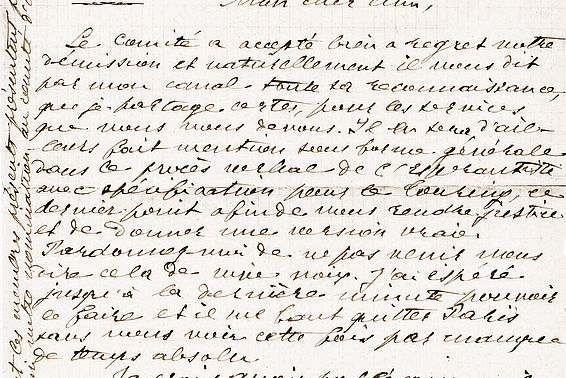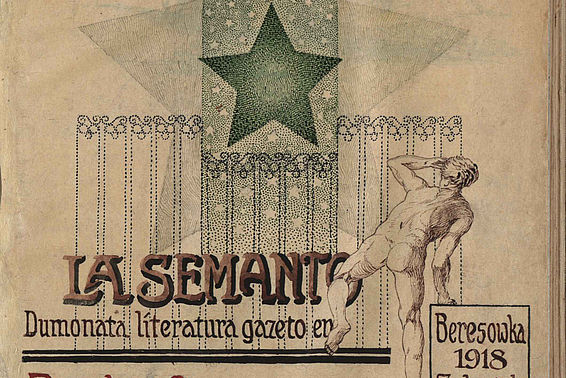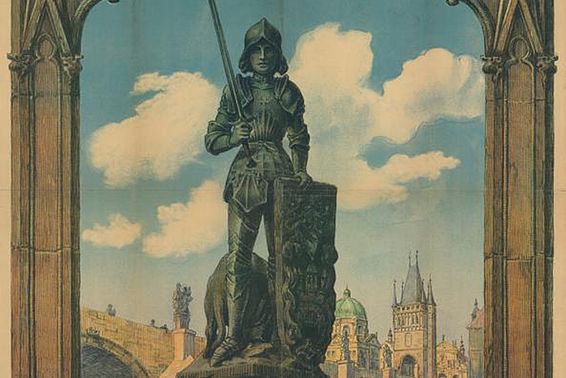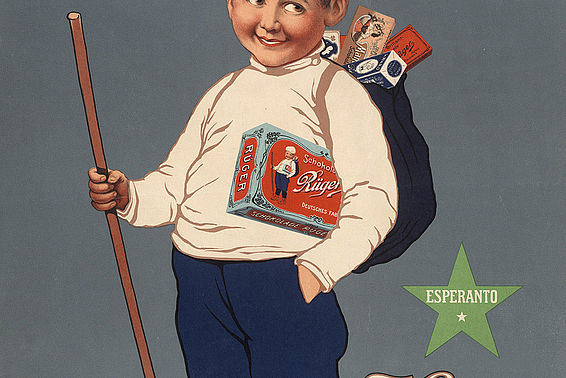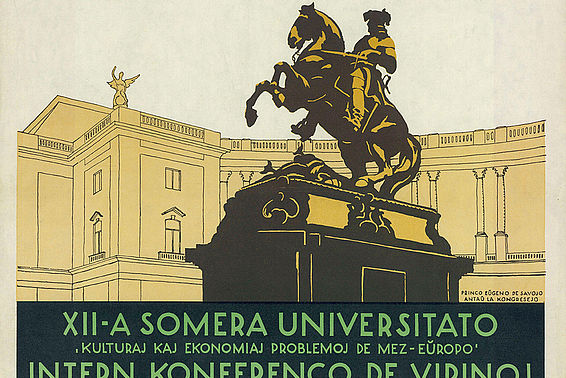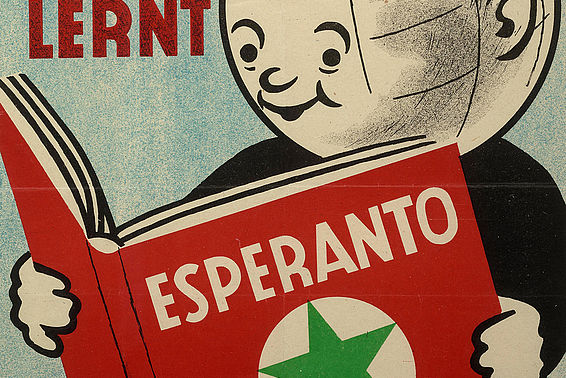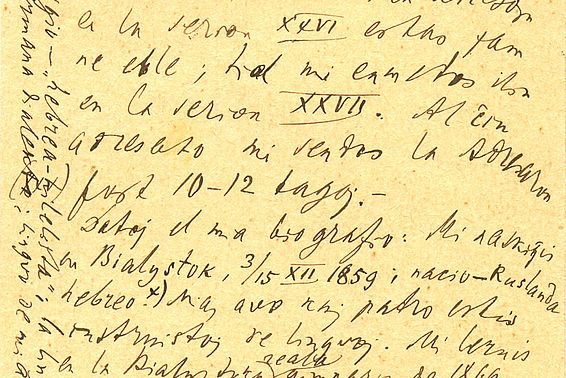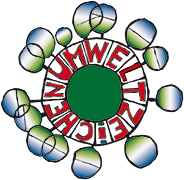Holdings of the Department of Planned Languages
Over 90 years of continuous collection work has resulted in the world's largest specialist library for Esperanto, planned languages and interlinguistics – altogether we now look after more than 150,000 items. In » our catalogue QuickSearch you will find documents relating to around 500 planned (or proposed) languages, mainly Esperanto, Ido and Interlingua, but also elf languages such as Sindarin and Quenya and more recent planned languages such as Klingon and Toki Pona.
Our collections at a glance
Secondary literature
Here you can read not only literature in and about planned languages, mainly Esperanto, but also books on the subjects of language planning and terminology teaching, language policy and intercultural communication.
Journals
The journals (about 3700 different titles) are an important source for the history of the planned languages and Esperanto movements. You can also read numerous historical journals » online.
Lifetime and posthumous bequests
The department looks after several important » Lifetime and posthumous bequests from authors, translators and scholars. Of special importance are the bequests from Kálmán Kalocsay (1891–1976) and Eugen Wüster (1898–1977) and the lifetime bequests of Manuel de Seabra and Jorge Camacho.
Photographs
The photographs (about 22,000) give an insight into the Esperanto movement since 1887, mainly showing the participants at Esperanto conferences and important writers and scholars.
Posters
The posters (about 1500) mainly illustrate the numerous national and international Esperanto conferences which have taken place regularly since the start of the 20th century.
Flyers
The flyers (about 40,000) provide information about publications, language courses and many other events such as World Esperanto Congresses.
Newspaper articles
The newspaper articles (about 25,000) mainly date from the period between 1900 and 1920 and include articles about Esperanto and other planned languages.
Museum items
The museum items (about 3500) demonstrate, in the form of everyday objects, souvenirs and advertisements, the cultural dimension of the phenomenon of planned languages.
Sound recordings
The sound recordings (about 1200 CDs, tapes and records) consist mainly of radio broadcasts and recordings of music in or about Esperanto.

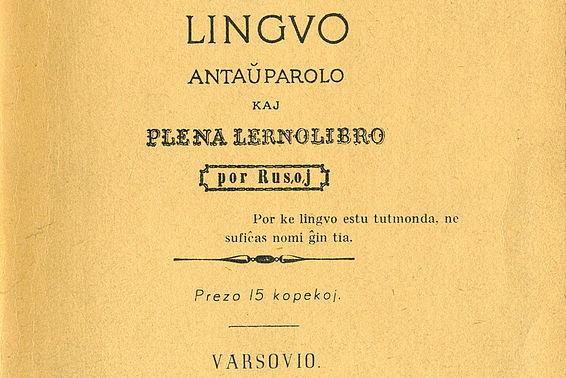
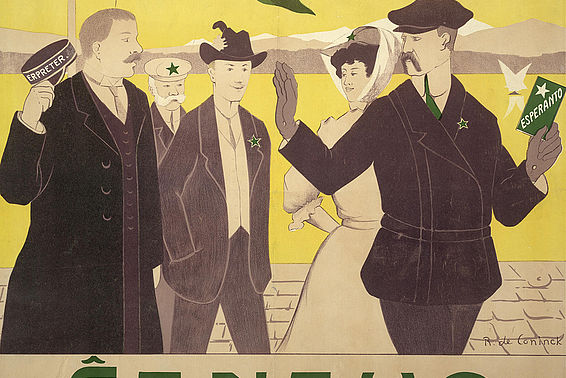
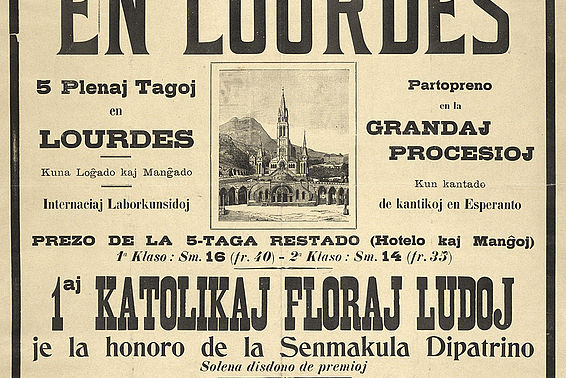
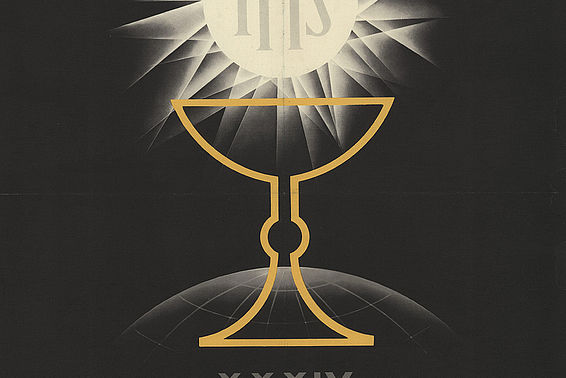
![Plakat: [10a Universala Kongreso de] Esperanto, 1914](https://webarchiv.onb.ac.at/web/20210529121747im_/https://www.onb.ac.at/fileadmin/_processed_/6/f/csm_galerie_Esp_pla_1914_4e298dc328.jpg)
